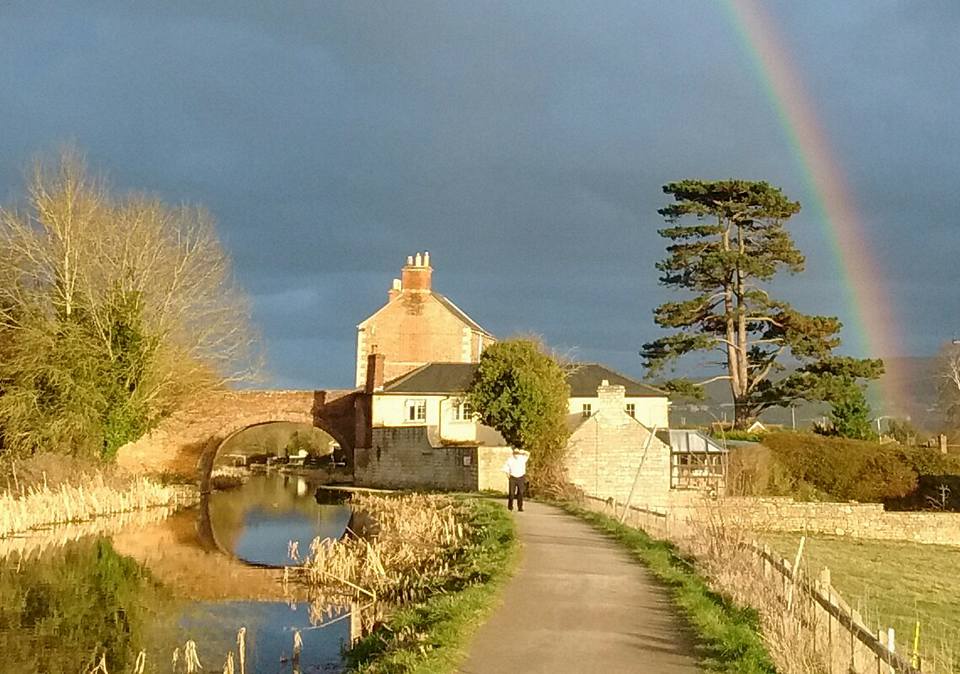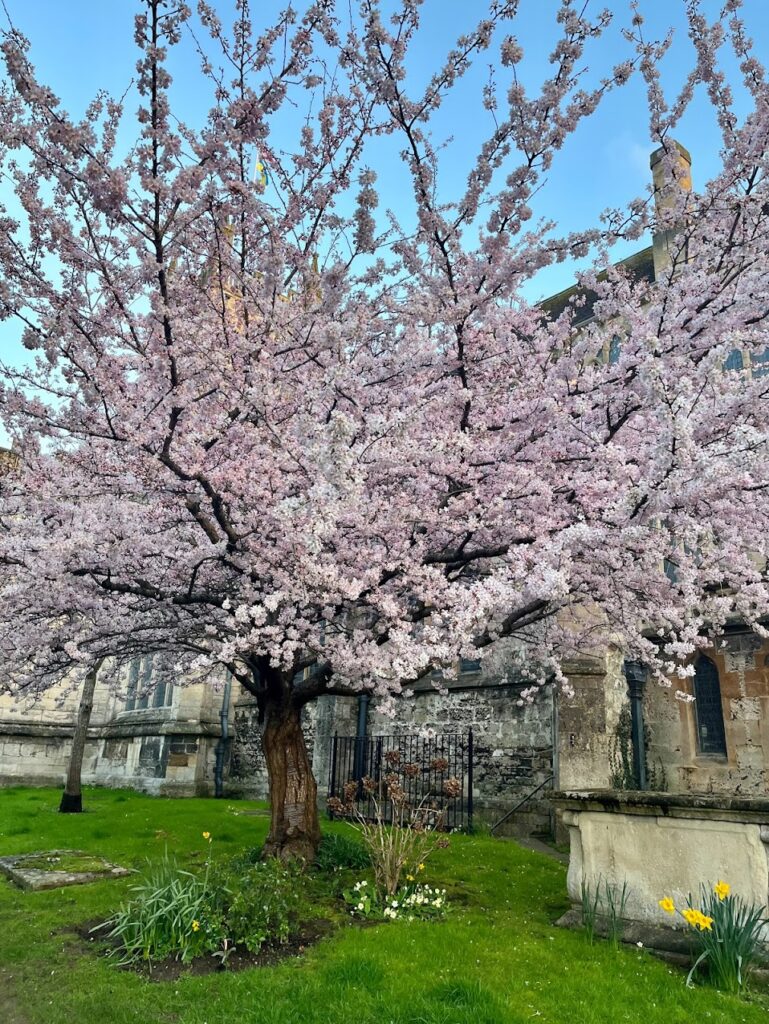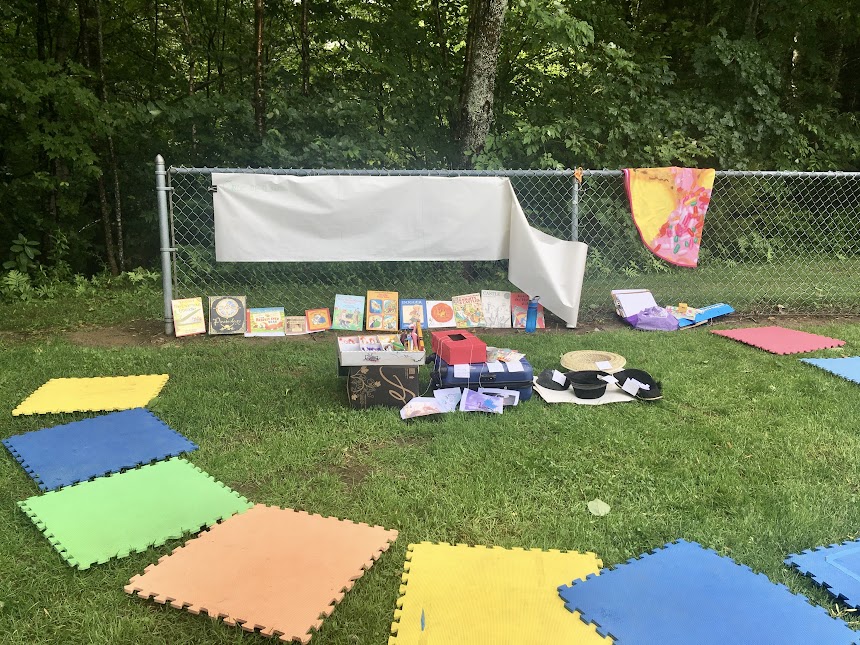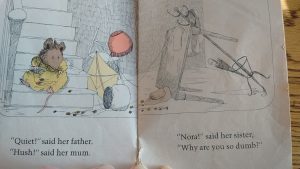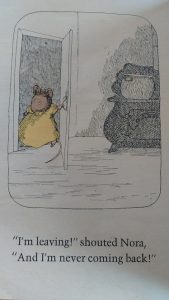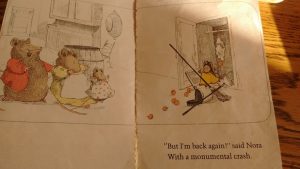This Week’s Bit of String: Silent night
One of my earliest memories takes place at Christmas. My small New England town put on a Christmas pageant at the church, one of those crowned white ones on a pristine green.
Candles glow in frosty windows as Mary and Joseph journey to the manger and kneel respectfully. Junior high angels dance down the aisles, bare feet thumping over cast iron grates, and the kings stride in their colourful robes.
At the end, the choir sings “Silent Night” as everyone files off the darkened stage. Kings, shepherds, angels and kindergarten cherubs. Joseph, penultimately, exits down the centre aisle and finally Mary, sombre and alone, disappears into a side door. The lights come up and everyone bursts into “Joy to the World.”
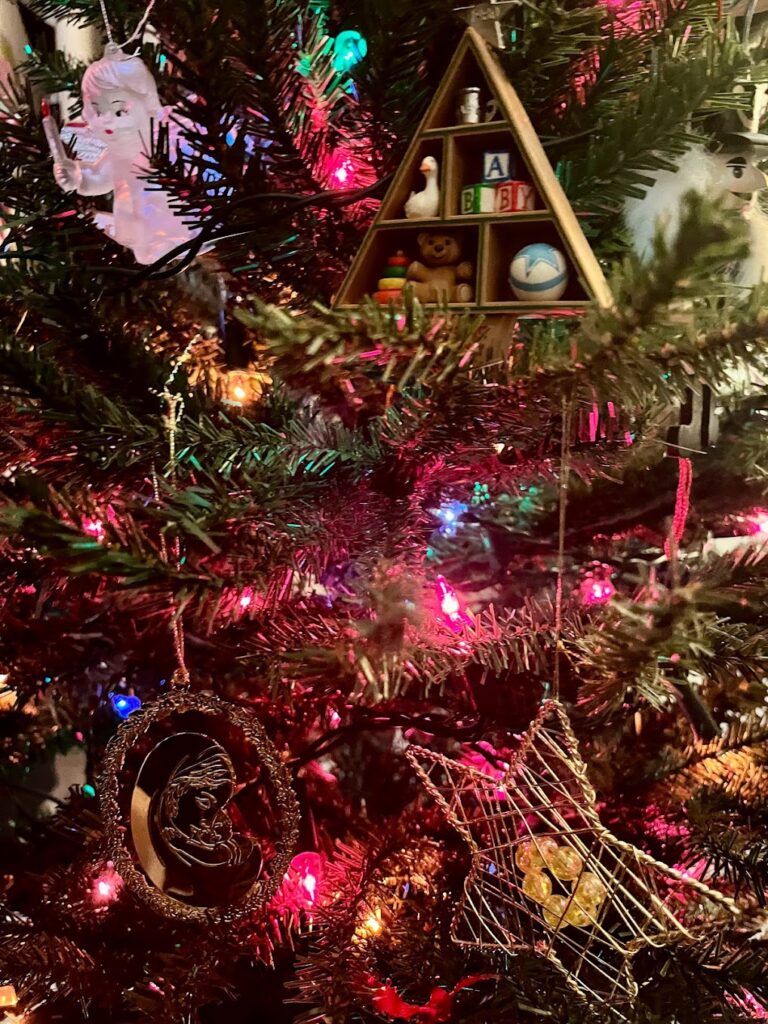
Can you spot what they forgot? My just-turned-three-year-old self was keenly aware that everyone left the infant Messiah behind. The wooden box-manger only held a doll, but I was inconsolable; to me dolls were as real as anything. I was outraged at the abandonment, sobbing amongst the heavily coated crowd.
My parents found the girl who played Mary, but I wanted nothing to do with that traitorous mother. Then I was introduced to the person who owned the Baby Jesus doll, and that alone calmed me down.
I still wonder at the order of that pageant, unchanged in decades. Through the ensuing years, I loved the pageant, thought it beautiful–but also tenderly sad. That’s Christmas for you, I guess; moments of quiet, of loss, of sudden delight. I was taught that when setting up a collection of short stories, you showcase the best ones first. Maybe it’s our instinct to start strong, but this can result in an anticlimax.
Maintaining Order
Four decades and an ocean now separate me from that distraught doll-defending girl at her first nativity play. I’ve been around long enough to know my ideal festive sequence of events, even if I can’t always control it.
The key is to avoid letdown. You have to hit your checklist in the right moments, before the season over-ripens to wistfulness. Most Christmas films have an element of nostalgia and wish fulfillment that’s too sad the day after Christmas. The build-up is the best part of Christmas, really. Putting ornaments on the tree is a lot more special than taking them down.
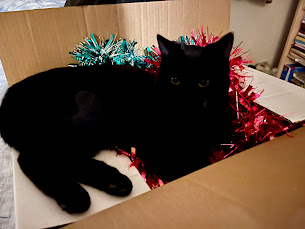
The word anticipate shares a root with capture. It means to grasp something beforehand. That’s quite exciting, isn’t it? Not like the tedium of just waiting, because at least we know that December 25th will, in fact, arrive (unlike a lucrative writing contract, for example).
I get Christmas tunes playing in my earbuds during hikes around mid-November, and the lights and decorations go up at the very start of December, so I can enjoy them for longer. Everything must be in place for the cosy moments between all the running around. At some point, I will be reminded that it matters more to me than to others, and each sparkle will disappear from centre stage.
Heightened Sensations
Christmas forms strong memories because it engages all our senses. We associate smells, tastes, sights, sounds, and feelings with the holiday. When a moment incorporates all senses, I think our memories cohere around it more firmly.
We’ve got Christmas songs, both jolly or deeply moving, we’ve got sparkly lights and shiny ornaments and the contrasts of crimson berries against sharp green holly. We’ve got smells of cinnamon and pine, and tastes of citrus and chocolate. We’ve got the sensations of warm hearths and fuzzy jumpers and the bracing chill from anaemic skies.

Great storytelling engages all the senses as well, which is why Christmas stories and films and songs can be particularly moving. Listening, viewing, reading them, and even creating our own helps us to seize those moments because otherwise, we might forget the bits that turned out how we wanted, when some events inevitably proceed less smoothly.
I wonder if our relentless preparations are partly an attempt to find exactly the right combination of sensory stimuli that make us feel young, make us feel loved and valued as we believe we once did. We are desperate to capture something, maybe that outpouring that George Bailey finds at the end of It’s a Wonderful Life, or the kindness and mutual appreciation of a goose dinner at the Cratchit family table.
What are your favourite moments to capture in the holidays? How do you manage to seize them, and do they fall before December 25th or after?
